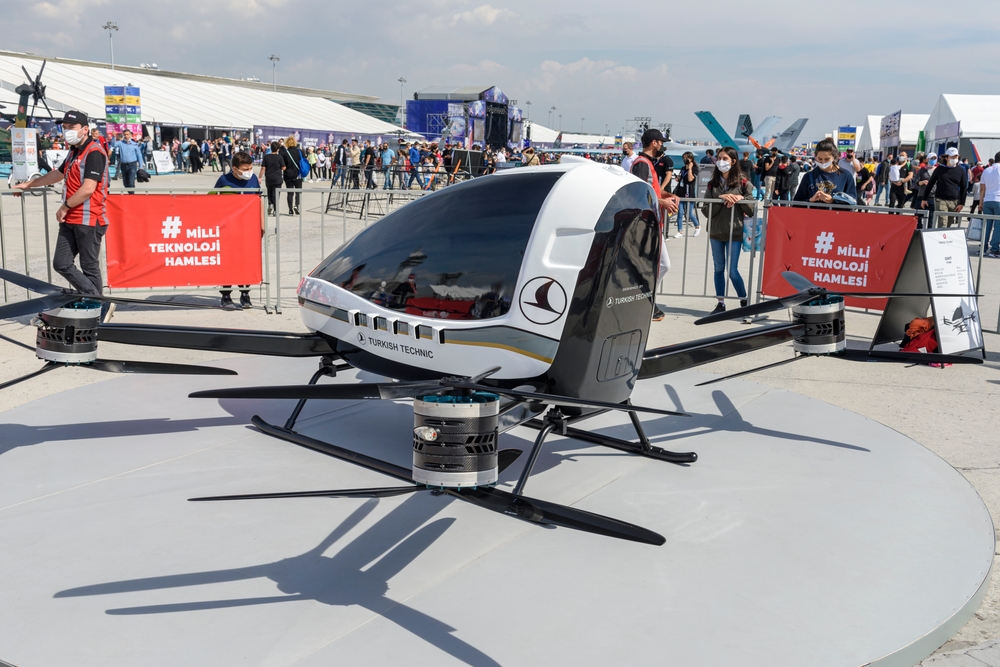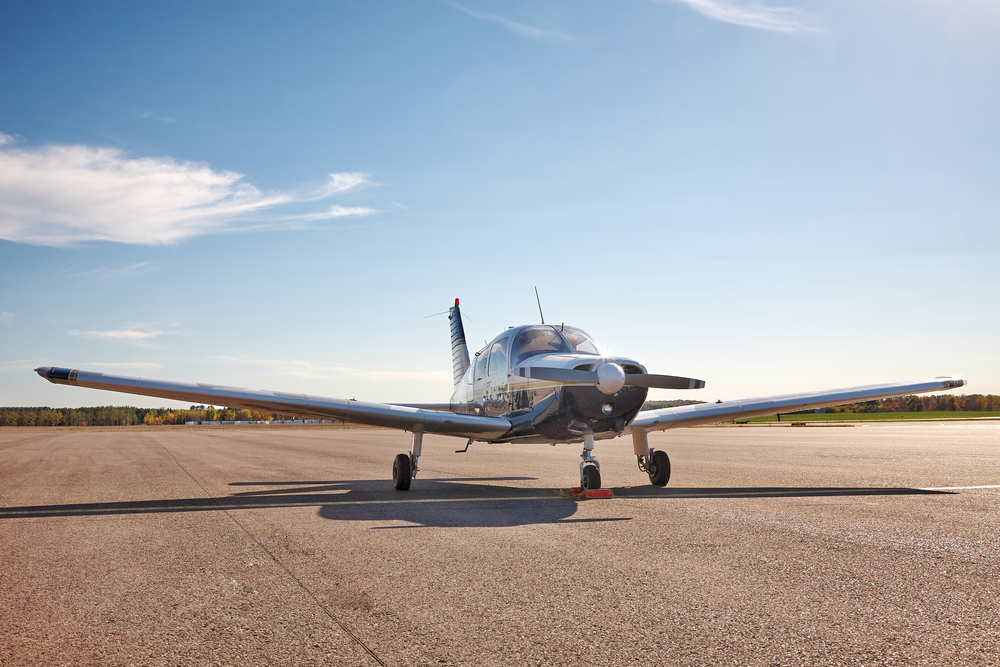Discover the latest innovations and trends from NBAA 2023, from advanced avionics to sustainable aviation. Read the full article to explore key industry insights!
Table of Contents
NBAA 2023: Trends, Innovations, and Key Takeaways

The National Business Aviation Association (NBAA) event in 2023 unveiled important trends and innovations. The annual convention is a focal point for business aviation professionals. Attendees from various sectors gather to explore the latest developments. Let’s dive into the highlights and notable aspects of this year’s event.
Emerging Technologies in Business Aviation
One of the main attractions at NBAA 2023 was emerging technology. Companies showcased advancements in avionics, propulsion systems, and connectivity solutions. Electric vertical takeoff and landing (eVTOL) aircraft drew significant attention. These eVTOL models promise efficient urban air mobility. Manufacturers displayed prototypes and discussed potential regulations.
Avionics saw substantial improvements, too. Enhanced flight management systems with real-time data analytics were popular. These systems aim to improve operational efficiency and safety. Additionally, advancements in satellite-based communication promise better in-flight connectivity. Passengers can look forward to more reliable and faster Internet service.
Sustainability Initiatives
Sustainability was a major theme at NBAA 2023. The industry is working hard to reduce its carbon footprint. Many exhibitors highlighted their commitment to sustainable aviation fuels (SAFs). SAFs can reduce lifecycle greenhouse gas emissions by up to 80% compared to conventional jet fuel. There were also discussions on electric and hybrid propulsion systems. These technologies could transform short and medium-haul flights in the future.
Another area of interest was carbon offset programs. Companies are increasingly investing in carbon offsets to mitigate emissions. These programs fund environmental projects such as reforestation and renewable energy initiatives. Business aviation companies stressed the importance of transparency in carbon offset reporting.
Regulatory Updates and Compliance
Regulation is always impactful in aviation. NBAA 2023 had multiple sessions focused on regulatory updates. The Federal Aviation Administration (FAA) provided insights on upcoming changes. Topics included new safety standards and operational guidelines.
Attendees learned about the expected timeline for NextGen air traffic control implementation. This system aims to enhance the efficiency of the national airspace. Delegates also discussed privacy policies related to aircraft tracking and data sharing.
Market Trends and Business Insights
Market dynamics always attract attention. This year was no different. Industry leaders shared insights on the current state of the business aviation market. There was an optimistic outlook despite global economic uncertainties. The demand for private jets has been strong post-pandemic. This growth is driven by the need for safe and flexible travel options.
There were also discussions on expanding the customer base. Business aviation is no longer exclusive to large corporations. More small and medium-sized businesses are using charter services. Fractional ownership models are becoming more popular as well. These models provide a cost-effective alternative to full aircraft ownership.
Innovations in Aircraft Design and Manufacturing
Aircraft design and manufacturing continue to evolve. Several exhibitors presented new design concepts. Lightweight materials like advanced composites and titanium alloys featured prominently. These materials contribute to better fuel efficiency and durability. Aerodynamic improvements were also discussed. Streamlined designs can reduce drag and improve performance.
Manufacturers are also embracing digital transformation. The use of digital twins in aircraft development is becoming commonplace. Digital twins allow engineers to simulate and test designs virtually before physical production. This can significantly reduce development time and costs. 3D printing is another technology making strides in aircraft manufacturing. It allows for faster production of complex components with reduced material waste.
Aircraft Management and Fleet Optimization
Fleet management was another crucial topic. Operators are leveraging data analytics to optimize their fleets. Predictive maintenance tools help identify potential issues before they become critical. This proactive approach reduces downtime and maintenance costs.
Route optimization algorithms are also improving operational efficiency. These tools analyze various factors such as weather, air traffic, and fuel costs. They then recommend the most efficient flight paths. This not only saves time but also reduces fuel consumption and emissions.
Enhanced Passenger Experience
Passenger experience is always a priority. Innovations in cabin design and in-flight services were showcased. Manufacturers are focusing on creating more comfortable and luxurious cabins. Features like customizable seating, advanced lighting, and enhanced sound insulation are becoming standard.
In-flight entertainment systems are more advanced than ever. Passengers can enjoy high-definition screens and a wide range of content. Connectivity is also improving with high-speed internet and seamless communication options. AI-driven personal assistants are being introduced to help passengers manage their schedules and preferences during the flight.
Training and Workforce Development
Aviation faces a skilled workforce shortage. NBAA 2023 addressed this issue with multiple sessions on training and development. Aviation academies are updating their curriculums to include the latest technologies. Virtual training tools, such as flight simulators, are becoming more sophisticated. These tools provide realistic training environments for pilots and technicians.
There is also a growing focus on diversity and inclusion. Organizations are working to attract more women and minorities to aviation. Scholarship programs and outreach initiatives aim to make careers in aviation more accessible. Partnerships between educational institutions and aviation companies are key to these efforts.
Safety and Security Enhancements
Safety and security are paramount in aviation. NBAA 2023 featured several discussions on enhancing these aspects. Cybersecurity is an emerging concern with increased digitalization. Companies are investing in robust cybersecurity measures to protect their systems. Regular audits and updates are essential to stay ahead of potential threats.
Improved safety protocols were also highlighted. Advanced collision avoidance systems using AI and machine learning are in development. These systems can significantly reduce the risk of mid-air collisions. Comprehensive safety management systems (SMS) are becoming standard. These systems help in identifying and mitigating potential risks proactively.
Networking and Collaboration Opportunities
Networking is a significant part of NBAA events. Attendees had numerous opportunities to connect with industry peers. Various workshops and panel discussions encouraged collaboration. These interactions can lead to partnerships and innovations that benefit the entire industry.
The event also served as a platform for young professionals to learn and grow. Mentorship programs connected industry veterans with newcomers. This exchange of knowledge helps in building a strong and competent workforce.
Future Outlook
NBAA 2023 painted a promising picture of the future. With continued innovation, sustainability efforts, and regulatory advancements, business aviation is poised for growth. The industry’s ability to adapt and evolve will be key to meeting future challenges and opportunities.
